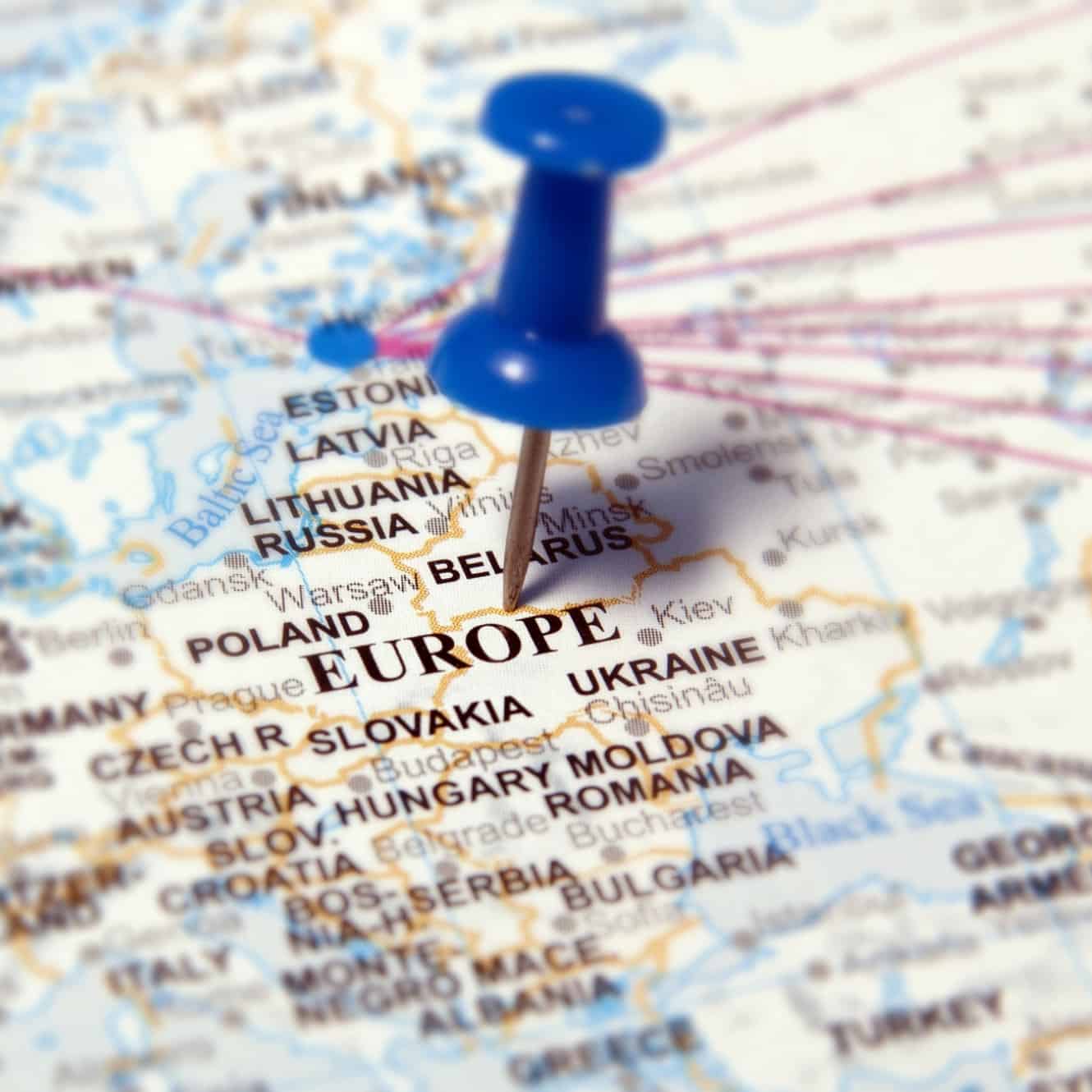
European Union
Europe is a continent rich in history, culture, and diversity, boasting a total of 44 countries. From the icy fjords of Scandinavia to the sunny beaches of the Mediterranean, Europe encompasses a vast array of landscapes and traditions. The continent has played a pivotal role in shaping the course of world history, witnessing the rise and fall of empires, the birth of artistic movements, and the development of political ideologies.
One of the defining features of Europe is its compact size, allowing travelers to experience a diverse range of cultures within relatively short distances. The European Union, a political and economic union of 27 member states, has further strengthened ties between nations, fostering collaboration and mutual understanding. The Euro, a common currency shared by many EU countries, facilitates seamless travel and trade across borders.
While Western Europe often takes center stage in discussions about the continent, Eastern Europe holds its own treasures and stories. From the historic cities of Prague and Budapest to the picturesque landscapes of the Carpathian Mountains, the East offers a unique blend of history and natural beauty. The fall of the Iron Curtain in 1989 marked a significant moment in European history, leading to the reunification of East and West and the expansion of the EU.
Europe's commitment to sustainability and environmental conservation is evident in its efforts to address climate change and promote green technologies. Many European countries have been at the forefront of adopting renewable energy sources and implementing eco-friendly policies. The continent's commitment to a sustainable future reflects its understanding of the interconnectedness of global challenges and the importance of collaborative solutions.
Now, let's explore the countries of Europe based on their size, from the largest to the smallest:
- Russia
- Ukraine
- France
- Spain
- Sweden
- Norway
- Germany
- Finland
- Poland
- Italy
- United Kingdom
- Romania
- Belarus
- Greece
- Bulgaria
- Iceland
- Hungary
- Portugal
- Austria
- Czech Republic
- Serbia
- Ireland
- Lithuania
- Latvia
- Croatia
- Bosnia and Herzegovina
- Slovakia
- Estonia
- Denmark
- Switzerland
- Netherlands
- Moldova
- Belgium
- Albania
- North Macedonia
- Montenegro
- Luxembourg
- Slovenia
- Kosovo
- Cyprus
- Andorra
- Malta
- Liechtenstein
- San Marino
- Monaco
Determining the exact number of countries in Europe can be somewhat ambiguous, as it depends on various factors such as political recognition and geographical boundaries. Traditionally, Europe is considered to be comprised of around 50 countries, including both sovereign states and territories. However, this number can fluctuate depending on how one defines a "country." For instance, some may include territories like Greenland, while others may not. Additionally, microstates such as Vatican City are often considered independent entities, further complicating the count.
Geographically, Europe extends from the Ural Mountains in the east to the Atlantic Ocean in the west, encompassing a diverse array of landscapes and cultures. Countries in Europe can be broadly categorized into regions such as Northern Europe, Southern Europe, and Eastern Europe. While some countries, like Russia, span multiple regions, others are more geographically concentrated. Northern Europe includes countries like Sweden, Norway, and Finland, characterized by their cold climates and rich cultural heritage. Meanwhile, Southern Europe is home to countries like Italy, Spain, and Greece, known for their Mediterranean climates and historic significance. Overall, the United Nations recognizes a total of 44 countries in Europe, not including territories like Greenland or microstates like Vatican City.
Determining the precise number of countries in Europe can be a complex task due to various factors such as political boundaries and geographical definitions. According to the United Nations, Europe is home to around 44 countries, though this number can vary depending on the criteria used for classification. Geographically, Europe extends from the western portion of the Eurasian landmass to the Ural Mountains in the east, encompassing diverse regions such as the Balkan Peninsula, the British Isles, and the Iberian Peninsula. It is the second-smallest continent by land area and is located entirely in the northern hemisphere.
One notable aspect of Europe's geography is its transcontinental countries, which straddle both Europe and Asia. For example, Russia is the largest country in Europe by land area, with the European portion spanning from the western Ural Mountains to the eastern edge of the European Plain. Similarly, Turkey is another transcontinental country, with the majority of its landmass located in Asia, but a small portion, including Istanbul, situated in southeastern Europe. These transcontinental countries blur the lines of what is considered part of Europe and highlight the continent's diverse and complex geopolitical landscape.
Europe comprises several geographical regions, each with its own distinct characteristics and cultural heritage. Central Europe, for instance, includes countries like Germany, Poland, and the Czech Republic, known for their rich history and central location within the continent. Southern Europe, on the other hand, encompasses nations such as Italy, Greece, and Spain, characterized by their Mediterranean climate and coastal landscapes. Additionally, Western Europe is home to countries like France, the United Kingdom, and the Netherlands, known for their prosperous economies and diverse cultures. These regions further illustrate the diversity and complexity of Europe as a continent.
Many countries in Europe are also members of the European Union, a political and economic union comprising 27 countries as of 2024. Member states of the European Union share common policies and regulations, including the free movement of goods, services, and people across borders. However, not all countries in Europe belong to the European Union, with several nations, including Switzerland and Norway, opting to maintain their sovereignty while cooperating with the union on certain issues. Additionally, Europe is home to independent countries that are not part of the European Union, such as Russia, Ukraine, and Belarus, each with its own unique cultural and political identity.










